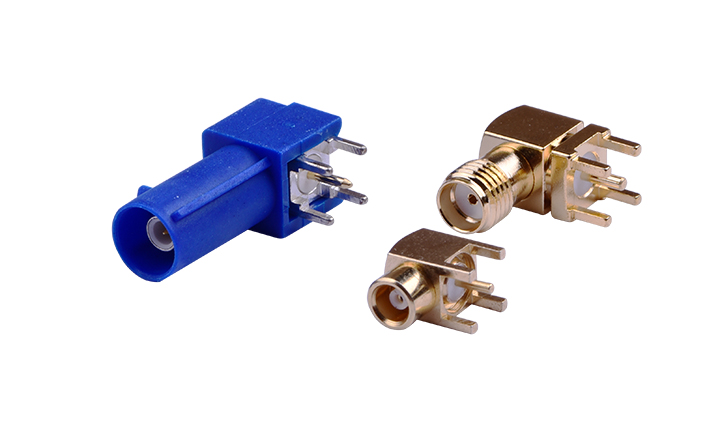What is the role of industrial connectors
Industrial connectors are indispensable miniature coupling plugs and sockets. The pins of industrial connectors can be directly connected to power and signals between printed circuit boards (PCBs). Industrial connectors usually use copper alloys, which have been protected from oxidation for many years to prevent a decrease in conductivity.

In electronic manufacturing, the entire device may need to fit in the available space, because if the PCB at the circuit board design stage tends to take up too much space, the device may be divided into two or more boards. Industrial connectors can connect power and signals between boards to complete all connections.
The use of industrial connectors simplifies the circuit board design process. Smaller PCBs require manufacturing equipment, which may not be able to accommodate larger PCBs. Whether you are squeezing a device or product into a single PCB or multiple PCBs, you need to consider issues such as power consumption, undesirable signal coupling, the availability of smaller components, and the overall cost of the finished device or product.
In addition, the use of industrial connectors simplifies the production and testing of electronic equipment. In the electronics manufacturing industry, simplified testing reflects huge cost savings. High-density PCBs have more traces and components per unit area. According to the investment in the complexity of the manufacturing plant, the equipment or product is better designed to have several interconnected MDFs rather than a single high-density board.
Industrial connector through-hole technology allows the third dimension to connect traces and components on the PCB. The first PCB may use conductive copper traces in horizontal and vertical directions along the PCB. By adding more layers of circuit boards, there will be almost several single-layer PCBs between the two sides of the double-sided PCB. A typical multilayer PCB with five layers can be less than 0.08 inches (2mm) thick. The through hole has a conductive inner surface, which can carry current between any two layers of a multilayer PCB.
